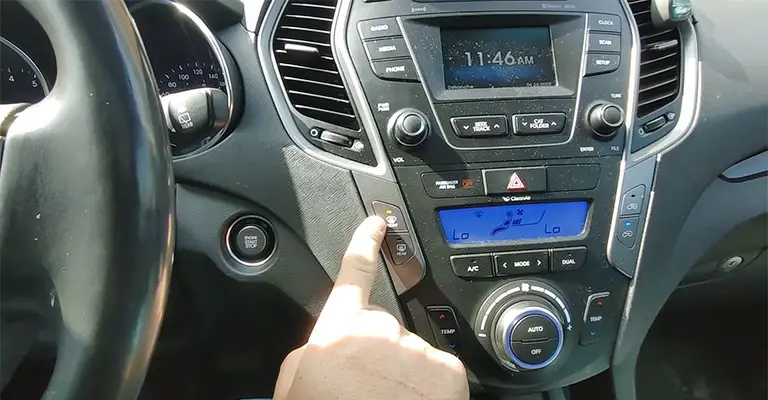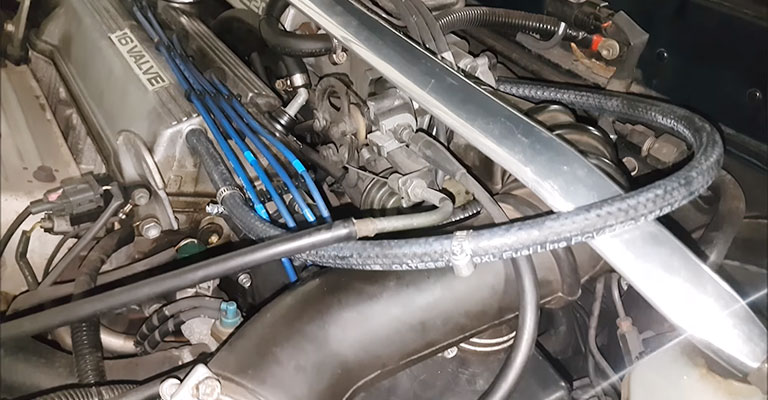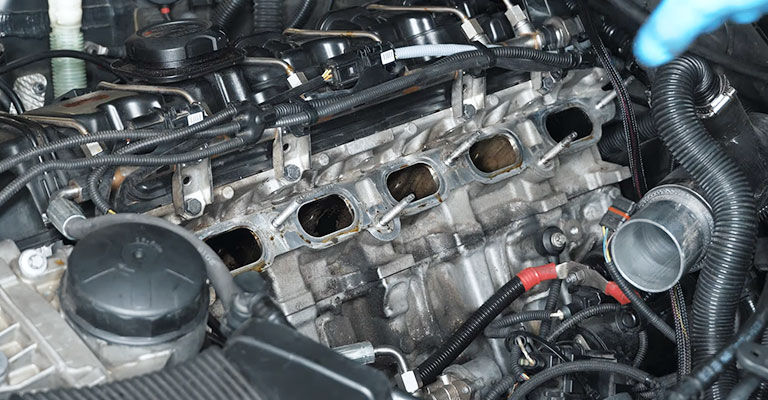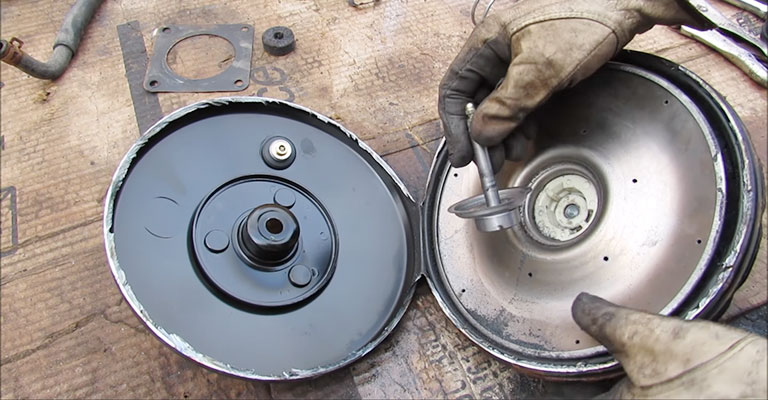After a long trip or a short ride, your car may make a loud, continuous hissing sound when switched off. You may wonder why the car sounds like air escaping when turned off.
A hissing noise is a sign that your vehicle has a vacuum leak. A loose-fitting, a crack in the substance of a hose, or a gasket letting air out are all the leading causes of leaks. The air may leak from one or more vacuum lines if you hear rattling from the car engine or interior.
To understand more about this problem, keep reading.

What Is A Car Vacuum Leak?
Whenever the engine connects to the air intake manifold via vacuum lines, hoses, and gaskets, there is a sort of air leakage known as a vacuum leak. This might result from stockings or hoses that are ruined or worn out, old age, or heat exposure.
The brake booster, a diaphragm-based equipment that enables the driver to press down on the brake pedal and continuously pressurize the brake line, is the most typical example of a vacuum leak in a car.
Where Do The Vacuum Leaks Come From?
A vacuum leak might arise in other places throughout the vehicle. Below are the most common areas in your car where you will detect vacuum leaks:
Vacuum lines

By maintaining proper pressure levels inside the engine, vacuum lines, also known as vacuum hoses, aid in maintaining the system’s integrity. The engine’s ability to push and pull is reduced when there is a leak—because of this, maintaining air and gas flow is more challenging.
Engine air intake hose
The engine links to an air intake pipe that pulls air in from the outside. Its job is to draw air into the engine so the engine cylinders have oxygen. Once the fuel and air mixture ignites, combustion occurs inside the cylinders.
The air intake pipe is typically found under the hood, at the front of the engine. An engine air intake hose is easily recognized since it is the most extensive hose and has the Mass Air Flow (MAF) sensor on top of it.
The vehicle’s engine may experience trouble if this air intake system leaks. For example, a slack air intake pipe may allow some air to reach the engine, but more air is needed.
If the problem gets fixed early, the engine may work harder to get the necessary oxygen, which could cause rough idling and premature engine wear.
Gasket on the intake manifold

A thin, rubber-coated metal plate with several holes serves as an intake manifold gasket. The engine cylinders fit into the openings precisely, and the holes also line up with the cylinders when the intake manifold is positioned on top of the cylinder head.
Intake manifold gaskets seal the space between the intake manifold and the cylinder head. It is necessary to have an intake manifold gasket to stop the leakage of air and fuel while the engine is running normally.
The air-fuel combination may not burn properly and may experience various problems due to an intake manifold leak. Intake manifold gasket quality is crucial for efficient airflow.
Intake manifold-related issues, such as noisy engine idling or engine stalling, are avoided with the aid of a correctly installed gasket.
If the gasket gets damaged or loose, the air intended for the cylinders leaks, resulting in poor performance and increased engine emissions.
Additionally, a vacuum-sealed intake manifold is essential because it compresses the air supplied into the engine. The cylinder heads then receive this compressed air.
Braking booster

A vacuum-operated device called a brake booster lessens the amount of force needed to apply the brakes. It’s made up of a diaphragm that collapses when the car’s brake pedal is depressed, creating a vacuum inside the booster.
The force exerted on the braking shoes or pads is also increased by the additional force this vacuum places on the master cylinder piston. The vehicle gets stopped with this greater force.
There can be a vacuum leakage from the braking booster if you notice that your automobile is running with a lean combination of air and gasoline and the engine RPM falls to the point in which the engine stalls.
You’ll hear a hissing sound ahead of all of these events. A lousy booster rubber gasket is frequently to blame for this issue.
- Throttle body gasket
The throttle body gasket is essential among the many vital parts of your car’s intake system. Your vehicle’s intake manifold and throttle body are sealed with a paper or metal gasket called the throttle body gasket.
This gasket is responsible for sealing off the throttle body from the air intake, and it won’t function unless it’s securely sealed against the intake manifold, with no space for air to enter.
A worn throttle gasket may cause if you’ve ever had rough idling or the engine doesn’t appear to perform as well as it should.
What To Do If The Car Sounds Like Air Escaping?
To ensure that your automobile runs well and lasts a long time, you need to investigate any strange noises. Additionally, it can save you money by preventing these problems. For better outcomes, you can check your car with a mechanic who focuses on particular issues and solves them.
Leave a Reply